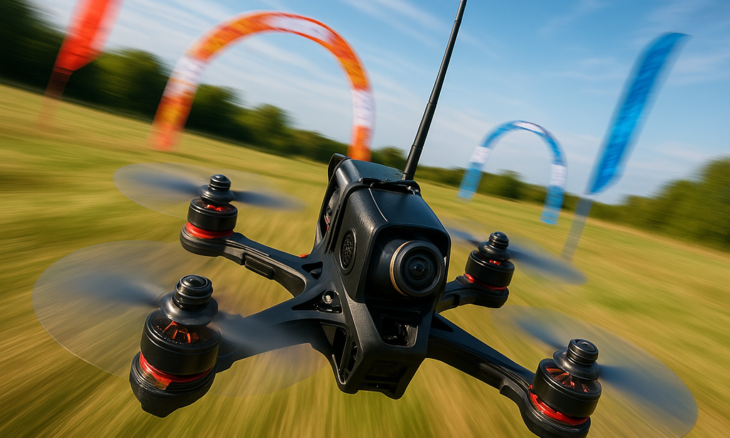
First-Person View (FPV) drones are revolutionizing the way we interact with aerial technology. Unlike traditional drones that transmit video to a screen, FPV drones stream real-time footage directly to a headset or goggles worn by the pilot. This immersive experience allows users to “see” through the drone’s eyes, enabling precise control and dynamic maneuvering—even in complex environments.
Originally popularized in drone racing and freestyle flying, FPV drones have now found critical applications in defence, surveillance, and industrial inspection. Their low-latency transmission and manual flight capabilities make them ideal for navigating tight spaces, conducting reconnaissance, and executing rapid-response missions. In military contexts, FPV drones are increasingly used for target identification and direct strikes, especially in conflict zones like Ukraine, where their affordability and agility have proven game-changing.
From a cost perspective, FPV drones offer asymmetric advantages. Combat-ready FPV drones can cost as little as $400–$2,000, compared to millions for conventional equipment like fighter jets or tanks. This cost-efficiency allows for mass deployment, making them expendable yet effective tools in modern warfare. Their unmanned nature also reduces human risk, a crucial factor in tactical operations.
Commercially, FPV drones are gaining traction in sectors like agriculture, logistics, and infrastructure. Their ability to perform high-speed inspections, navigate warehouses, and capture cinematic footage is unmatched. Innovations such as ultra-low latency digital transmission, modular designs, and advanced flight controllers are pushing the boundaries of what FPV drones can achieve.
The growth potential is immense. The global military drone market alone is projected to reach over $47 billion by 2032, with FPV drones expected to form a significant share due to their tactical versatility. In India, companies like DroneAcharya are leading the charge by developing FPV drones for defence and first responders, positioning the country as a global hub for drone innovation.
As governments and industries recognize the strategic value of FPV drones, investments are pouring in. Whether for national security or commercial efficiency, FPV drones are no longer niche—they are central to the future of aerial technology.
